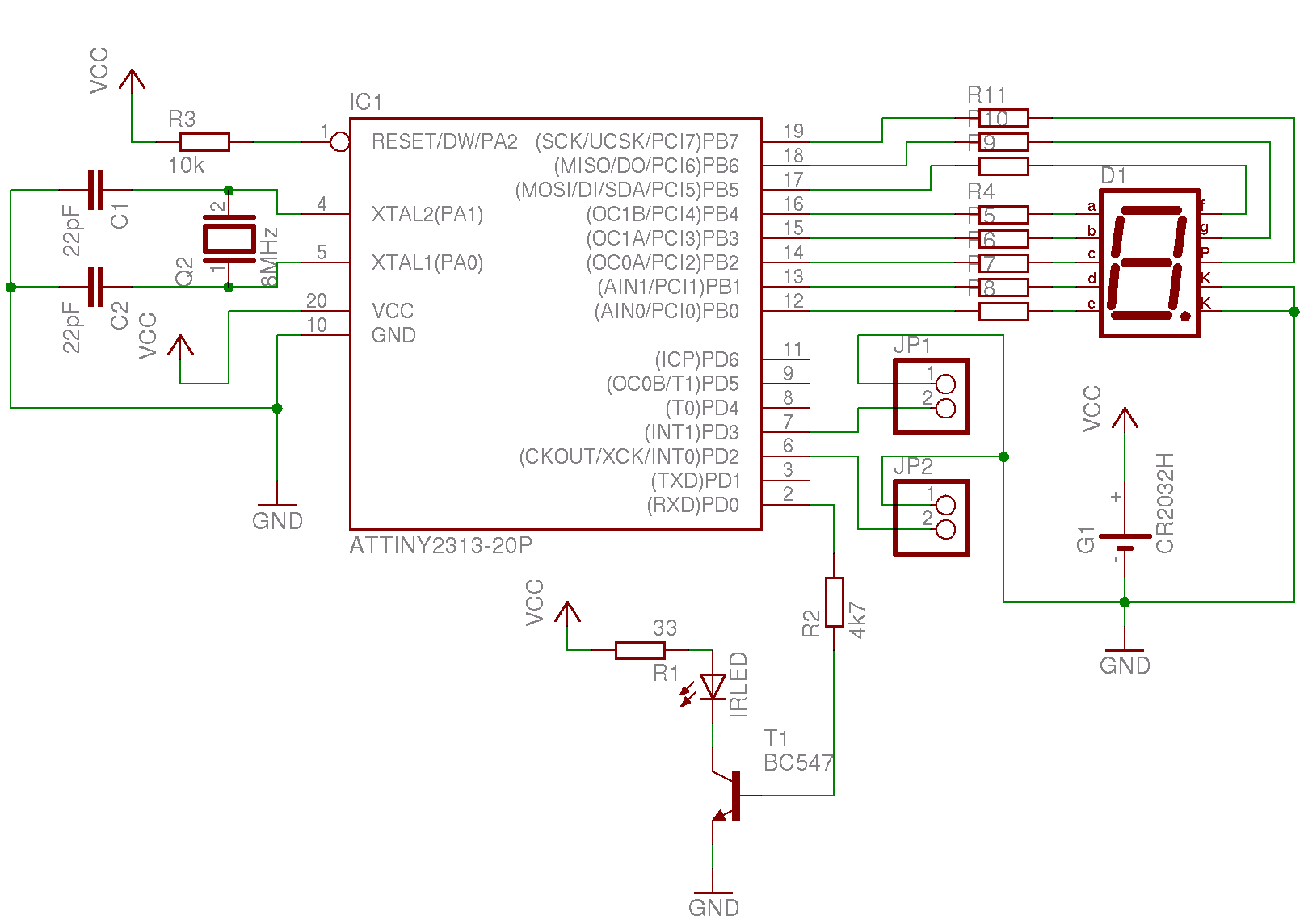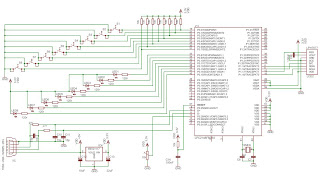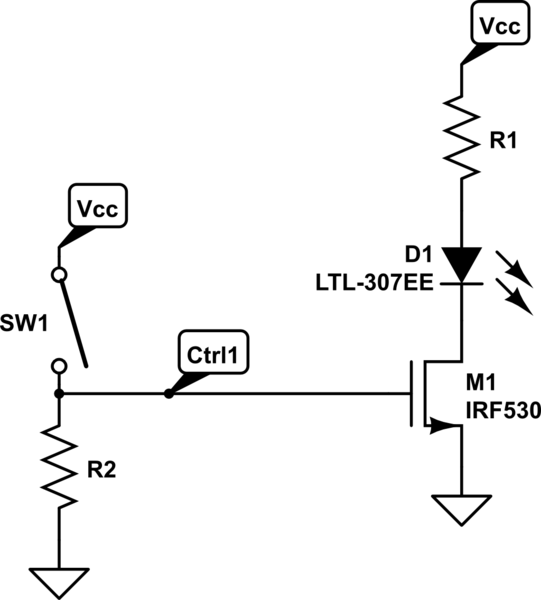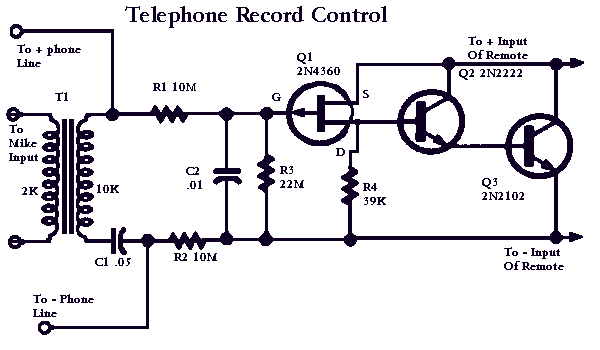
control keypad interfacing
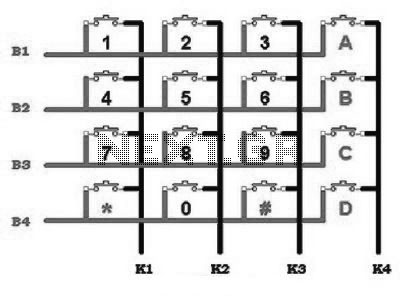
This includes an interface that is simple enough for mastery, as the keypad supports input facilities commonly used in Man-Machine Interface (MMI) applications. For example, various types of keypads can be found in the market. This discussion will focus on a 4x4 keypad module interface, which is illustrated in the accompanying figure. Initially, the hardware construction must meet minimum specifications or characteristics. Without understanding the hardware construction or the characteristics of a peripheral, it is impossible to create an interface program for a microcontroller (MCU) to communicate with the peripheral. Once the hardware construction and module characteristics are known, the next steps can be undertaken. Upon disassembling this module and depicting its schematic diagram, one can observe that it consists of 16 pushbuttons arranged in a configuration of 4 columns (K1, K2, K3, K4) and 4 rows (B1, B2, B3, B4). From this configuration, the following characteristics can be derived: 1. There are no conditions that allow a connection between the column and row lines, except when multiple buttons are pressed simultaneously. For instance, pressing buttons 1 and 2 simultaneously will connect K1-K2-B1. 2. When only one button is pressed, a connection occurs solely between the column and row lines corresponding to that button. For example, if button 1 is pressed, only K1-B1 will be connected. The complete data for each button can be referenced in tables. Since most applications require the detection of only one button press at a time, the subsequent discussion will focus on handling single button presses while disregarding multiple button presses.
The 4x4 keypad module is a matrix keypad consisting of 16 keys organized into 4 rows and 4 columns. Each key press connects a specific row to a specific column, allowing for easy identification of which key has been pressed. The operation of this keypad relies on a simple scanning technique implemented in the connected microcontroller. When the microcontroller scans the rows and columns, it sends a low signal to one column at a time while reading the states of the rows. If a button is pressed, the corresponding row will detect a low signal, indicating which key has been activated.
To prevent ghosting and ensure reliable operation when multiple keys are pressed, diodes can be added to each key in the matrix. This setup allows for the detection of multiple simultaneous key presses without erroneous readings. The schematic diagram of the keypad module will typically include connections for each button, the rows, and columns, as well as any necessary pull-up resistors to ensure stable readings.
In practical applications, the keypad can be interfaced with various microcontrollers, such as Arduino or PIC, using simple GPIO (General Purpose Input/Output) pins. The microcontroller's firmware will need to implement a debounce algorithm to filter out noise when a button is pressed, ensuring that only intentional presses are registered. Overall, the 4x4 keypad module is a versatile and widely used component in MMI applications, enabling user interaction in various electronic devices.This is including interface that is basic enough for we master, because key pad is supporting facilities for input which many applied in the application of MMI (Man Machine Interface). For example: There is many key pad types which able to be found marketing. We will take example of keypad module interface 4x4 that drawing the physical shown to th is figure; First Pace, we construction soybean cake of the hardware must, or minimum of the characteristic. Unknowingly construction hardware or characteristic a peripheral, we are not possible to be made interface program MCU to peripheral.
If you had known construction hardware and this module characteristic, please directly make a bolt for second steps. If it is disassemblied this module depth and depicted is its schematic diagram, hence us will get in this figure; There is 16 fruit of nipple pushbutton stringed up in such a way so becomes 4 column lane (K1, K2, K3, K4) and 4 battery lane (B1, B2, B3, B4).
From this construction, we can get the characteristic data is as follows: 2. There is no one condition enabling the happening of joint between column lane humanities or between battery lane humanities, except there are emphasis of nipple multiple. For example; nipple 1 and nipple 2 depressed to be at the same, hence K1-K2-B1 will be jointed. 3. For emphasis only one nipples, hence only happened joint between column lanes and battery lane that is connected at nipple depressed the.
For example, if nipple 1 is depressed, hence K1-B1 will be joint. Data as complete is for emphasis every nipple can be seen tables. Because at most application only be required detection to emphasis of one nipples only, so in the next will be studied handling to emphasis of one just nipples and disregards emphasis of nipple multiple. Flowchart work we are 🔗 External reference
The 4x4 keypad module is a matrix keypad consisting of 16 keys organized into 4 rows and 4 columns. Each key press connects a specific row to a specific column, allowing for easy identification of which key has been pressed. The operation of this keypad relies on a simple scanning technique implemented in the connected microcontroller. When the microcontroller scans the rows and columns, it sends a low signal to one column at a time while reading the states of the rows. If a button is pressed, the corresponding row will detect a low signal, indicating which key has been activated.
To prevent ghosting and ensure reliable operation when multiple keys are pressed, diodes can be added to each key in the matrix. This setup allows for the detection of multiple simultaneous key presses without erroneous readings. The schematic diagram of the keypad module will typically include connections for each button, the rows, and columns, as well as any necessary pull-up resistors to ensure stable readings.
In practical applications, the keypad can be interfaced with various microcontrollers, such as Arduino or PIC, using simple GPIO (General Purpose Input/Output) pins. The microcontroller's firmware will need to implement a debounce algorithm to filter out noise when a button is pressed, ensuring that only intentional presses are registered. Overall, the 4x4 keypad module is a versatile and widely used component in MMI applications, enabling user interaction in various electronic devices.This is including interface that is basic enough for we master, because key pad is supporting facilities for input which many applied in the application of MMI (Man Machine Interface). For example: There is many key pad types which able to be found marketing. We will take example of keypad module interface 4x4 that drawing the physical shown to th is figure; First Pace, we construction soybean cake of the hardware must, or minimum of the characteristic. Unknowingly construction hardware or characteristic a peripheral, we are not possible to be made interface program MCU to peripheral.
If you had known construction hardware and this module characteristic, please directly make a bolt for second steps. If it is disassemblied this module depth and depicted is its schematic diagram, hence us will get in this figure; There is 16 fruit of nipple pushbutton stringed up in such a way so becomes 4 column lane (K1, K2, K3, K4) and 4 battery lane (B1, B2, B3, B4).
From this construction, we can get the characteristic data is as follows: 2. There is no one condition enabling the happening of joint between column lane humanities or between battery lane humanities, except there are emphasis of nipple multiple. For example; nipple 1 and nipple 2 depressed to be at the same, hence K1-K2-B1 will be jointed. 3. For emphasis only one nipples, hence only happened joint between column lanes and battery lane that is connected at nipple depressed the.
For example, if nipple 1 is depressed, hence K1-B1 will be joint. Data as complete is for emphasis every nipple can be seen tables. Because at most application only be required detection to emphasis of one nipples only, so in the next will be studied handling to emphasis of one just nipples and disregards emphasis of nipple multiple. Flowchart work we are 🔗 External reference
Warning: include(partials/cookie-banner.php): Failed to open stream: Permission denied in /var/www/html/nextgr/view-circuit.php on line 713
Warning: include(): Failed opening 'partials/cookie-banner.php' for inclusion (include_path='.:/usr/share/php') in /var/www/html/nextgr/view-circuit.php on line 713
